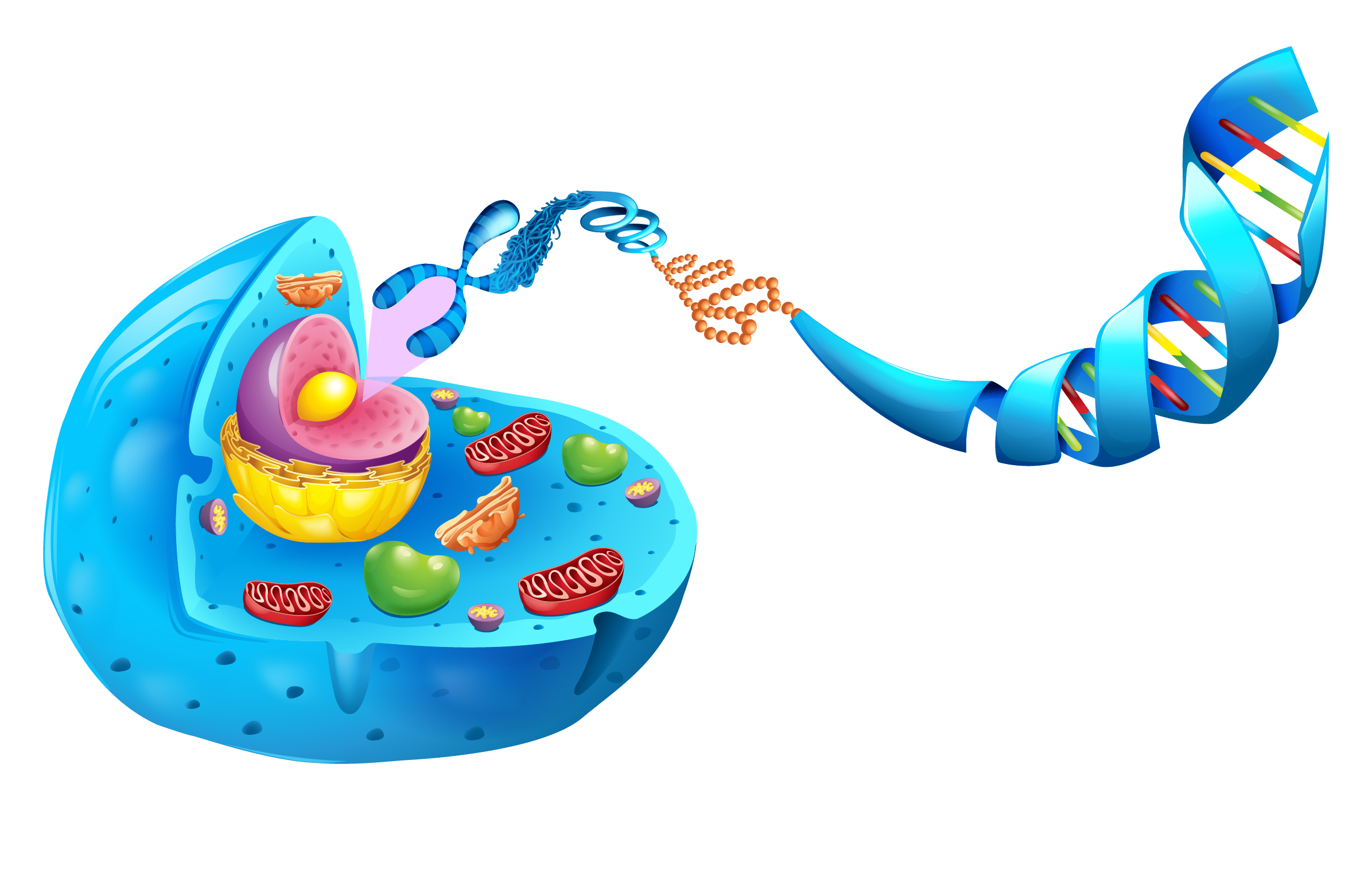

Unravel the Mystery of Limb-girdle Muscular Dystrophy R8 (LGMD R8) through Whole Genome Sequencing (WGS)
Application of Human WGS in Disease Research
Summary
Limb-girdle muscular dystrophy R8 (LGMD R8) is a recessive subtype of the fourth most common genetic neuromuscular disease (NMD) that primarily affects skeletal muscles, resulting in progressive proximal muscle weakness caused by the loss of muscle fibers. Fewer than 100 patients with this disease have been reported worldwide, and the prevalence is extremely low. LGMD R8 has been reported to be caused by mutations in the TRIM32 gene encoding the TRIM32 protein, an E3 ubiquitin ligase.
Here we present a paper titled “TRIM32 biallelic defects cause limb‑girdle muscular dystrophy R8: identification of two novel mutations and investigation of genotype–phenotype correlation” conducted by Guan Y, Liang X, et al. This study integrated Whole Genome Sequencing with technical assistance from Novogene. Using this approach, the researchers identified a compound heterozygote in the LGMD R8 family members, comprising a novel point mutation and a novel deletion of TRIM32.

Research Pipeline & Results
Firstly, a novel compound heterozygote was identified in the LGMD R8 family members via WGS at Novogene. The mutation consists of a novel deletion and a novel point mutation in the NHL repeat domain of the TRIM32 protein, which primarily mediates self-association and interactions with its substrates. In addition, the mutant vector and the wild-type vector were constructed for cell experiments, and a differential subcellular distribution was observed. The results indicated that the NHL repeats are the key region affecting the self-association of TRIM32 protein. Western blot analysis showed that the monoubiquitinated TRIM32 is only present in wildtype, and not in the known pathogenetic mutants.

Furthermore, TRIM32 mRNA in the blood of the proband and her family members was quantitatively analyzed, which showed that the mRNA expression level does not reflect the phenotypic severity. In the end, researchers collected 86 officially reported cases and performed the first analysis of LGMD R8 genotype–phenotype correlation. The analysis indicated that the condition of female patients is generally milder than that of male patients, and patients carrying two point mutations in the NHL repeats of TRIM32 protein were the most common and had a lower age of onset than other patients.
Conclusion

This study identified the first Chinese patient with LGMD R8 caused by a missense mutation in compound-heterozygosis with a deletion of TRIM32. It showed that the novel mutation is pathogenic through functional analysis. Notably, the mutational spectrum of TRIM32 was reviewed, and a first preliminary analysis of LGMDR8 genotype–phenotype correlations was performed. This study expands the range of TRIM32 gene mutations and has important implications for future molecular diagnosis, therapy, and genetic counseling.
Reference
Guan Y, Liang X, Li W, Lin W, Liang G, Xie H, Hou Y, Hu Y, Shang X. TRIM32 biallelic defects cause limb-girdle muscular dystrophy R8: identification of two novel mutations and investigation of genotype-phenotype correlation. Skelet Muscle. 2023 May 22;13(1):10. doi: 10.1186/s13395-023-00319-x. PMID: 37217920; PMCID: PMC10201696.
Let’s Talk about Your NGS Project
(Fields marked with an * are required)

Novogene Corporation Inc.
![]() 916-252-0068-383
916-252-0068-383
![]() inquiry_us@novogene.com
inquiry_us@novogene.com
![]() www.novogene.com
www.novogene.com
Copyright©2011-2023 Novogene Corporation
All Rights Reserved. Information and specifications are subject to change at any time without notice.
